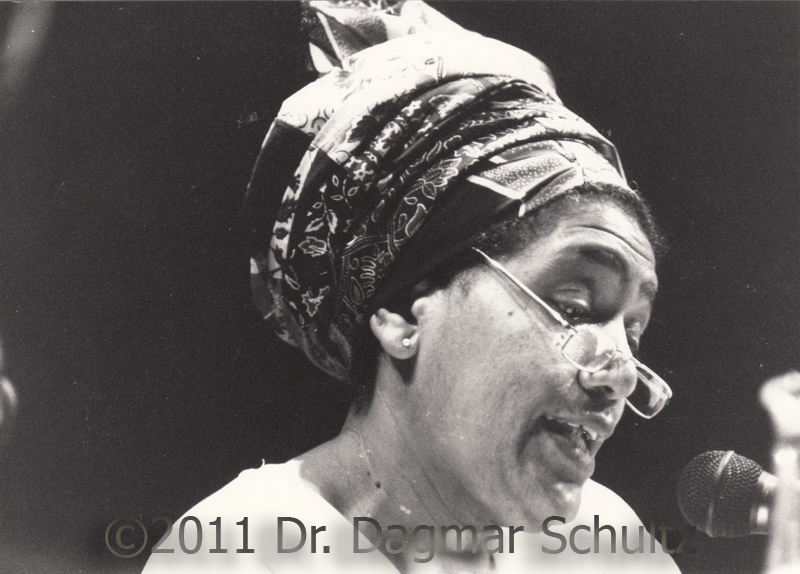


Instead, Germany’s history of eugenics and racism continued unbroken. When I saw the exhibition, I felt it was comprehensive, yet reading Showing Our Colour I find again Germany - like all colonial and colonised countries - hides post-war and recent history, as though 1945 marked the moment when the fugue lifted and from that moment on there’s not much to report. Reading it reminds me of Katherine Pratt Ewing’s Stolen Honor: Stigmatizing Muslim Men in Berlin, and Ruth Mandel’s Cosmopolitan Anxieties: Turkish Challenges to Citizenship and Belonging in Germany, and the history of colonisation and genocide in Australia.

Lucky for all of us it had been translated and was unremarkable to get hold of. Me being all “Books!” and having spent the last few years digging through representation of Middle East and African people in mediæval and Renaissance Germanic history, when I saw Farbe bekennen, I was quite prepared to hunt down a copy and read it in German. Out of this came Black History Month in Germany in 1991, and Farbe bekennen: Afro-deutsche Frauen auf den Spuren ihrer Geschichte, published in 1986, and translated in 1992 as Showing Our Colors: Afro-German Women Speak Out. She invited Audre Lorde as a visiting professor from 1984, where May Opitz (from 1992 May Ayim) and Katharina Oguntoye attended her seminars. ISD (Initiative Schwarze Menschen in Deutschland), ADEFRA (Schwarze Frauen in Deutschland), Neuen Schwarzen Bewegung, all began in the ’80s in Berlin, centred around Freie Universität where Dagmar Schultz was professor. The short last section of Deutsches Historisches Museum‘s Deutscher Kolonialismus exhibition covered Afro-Germans in the Cold War and Reunification periods.


 0 kommentar(er)
0 kommentar(er)
